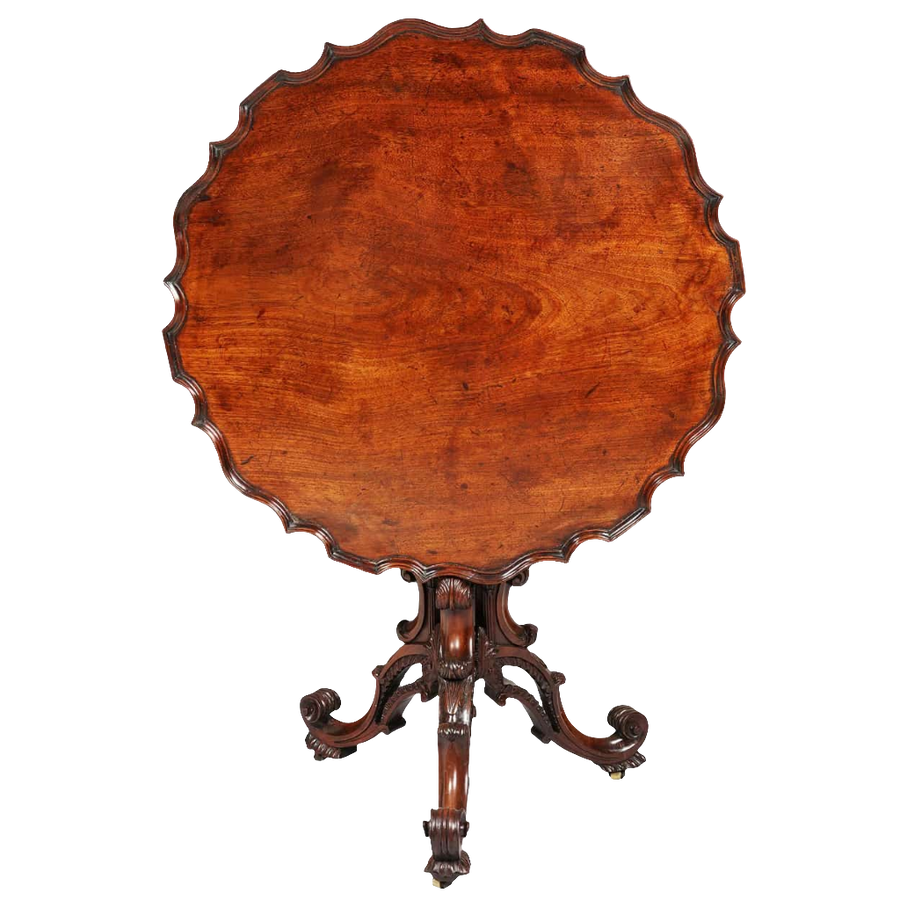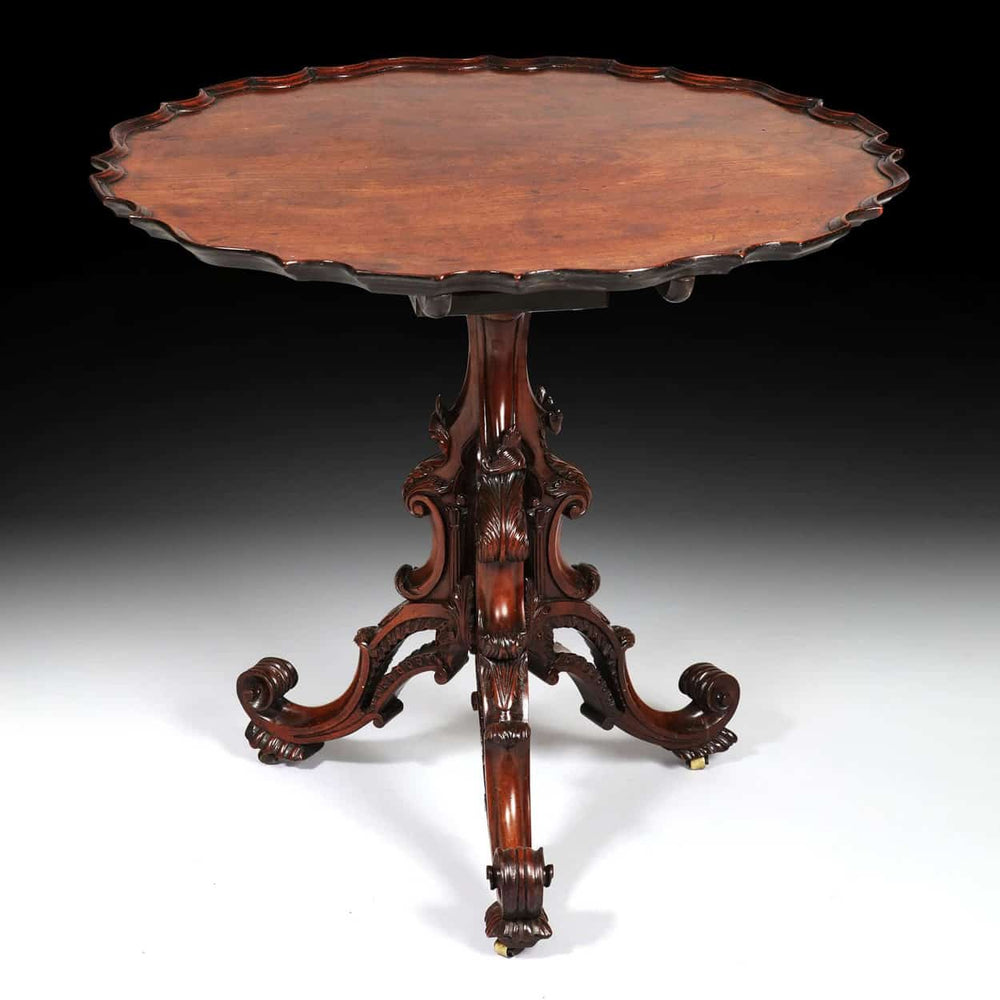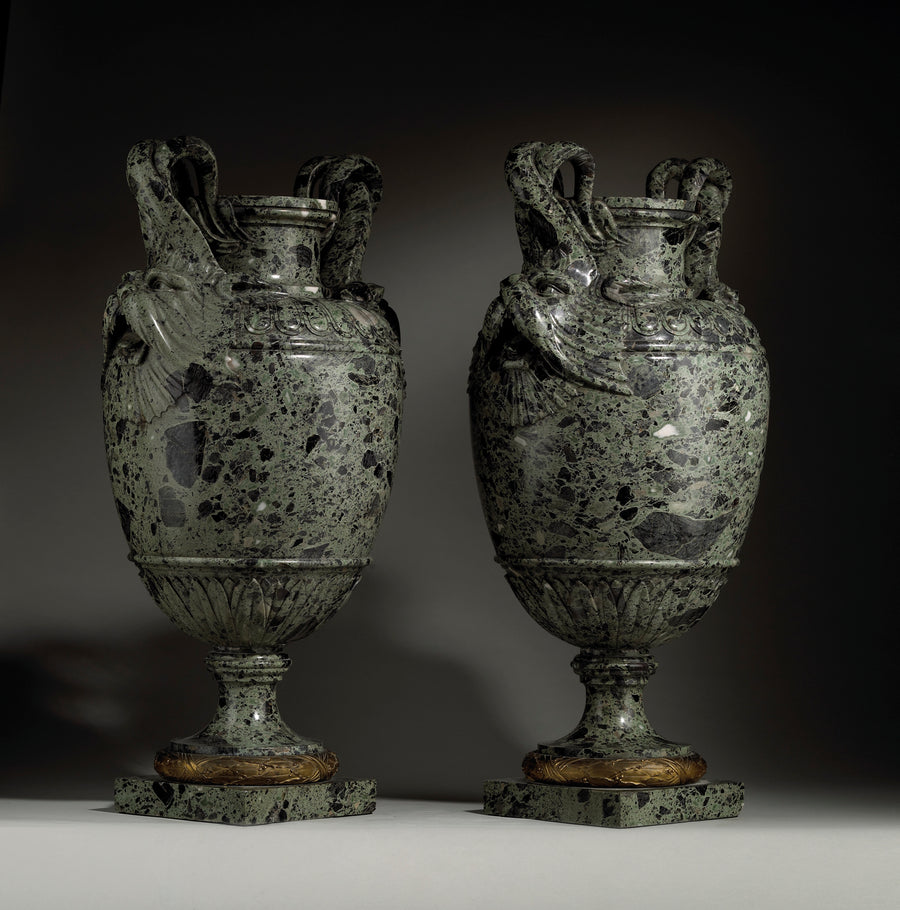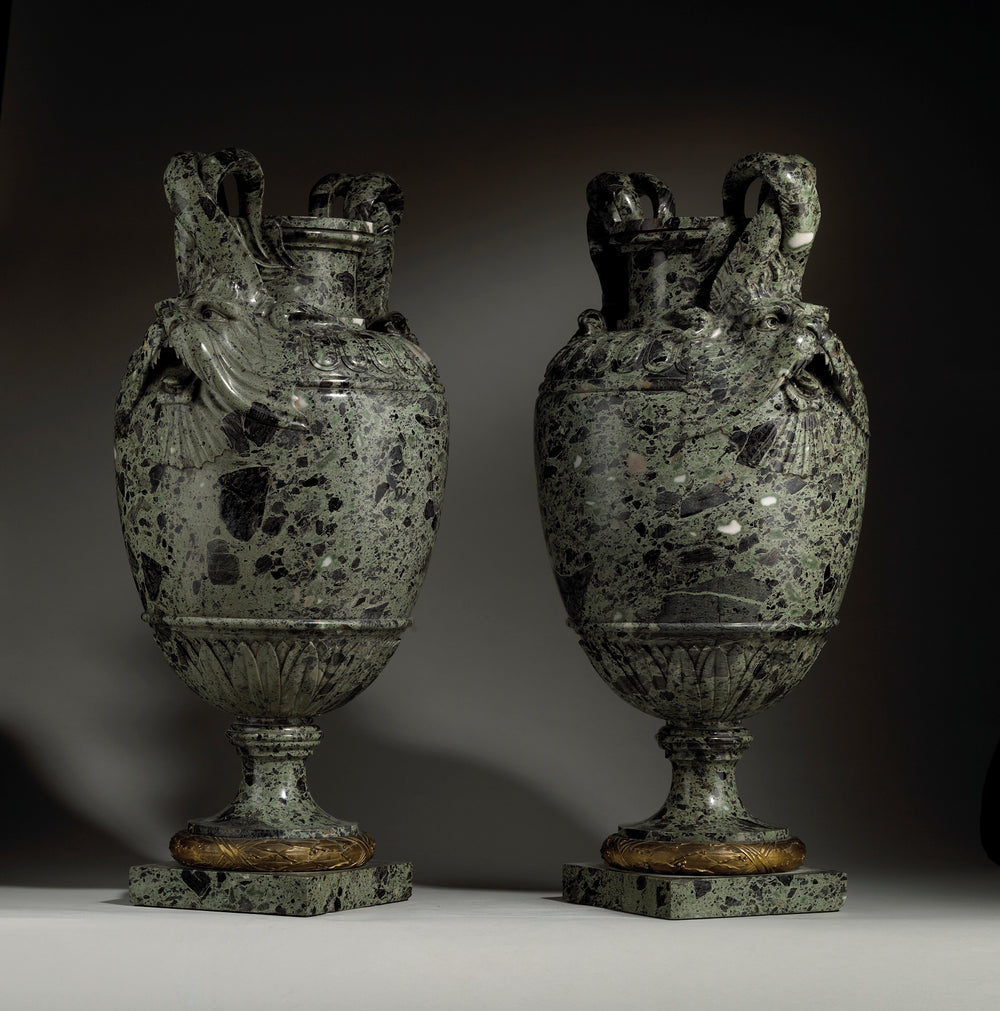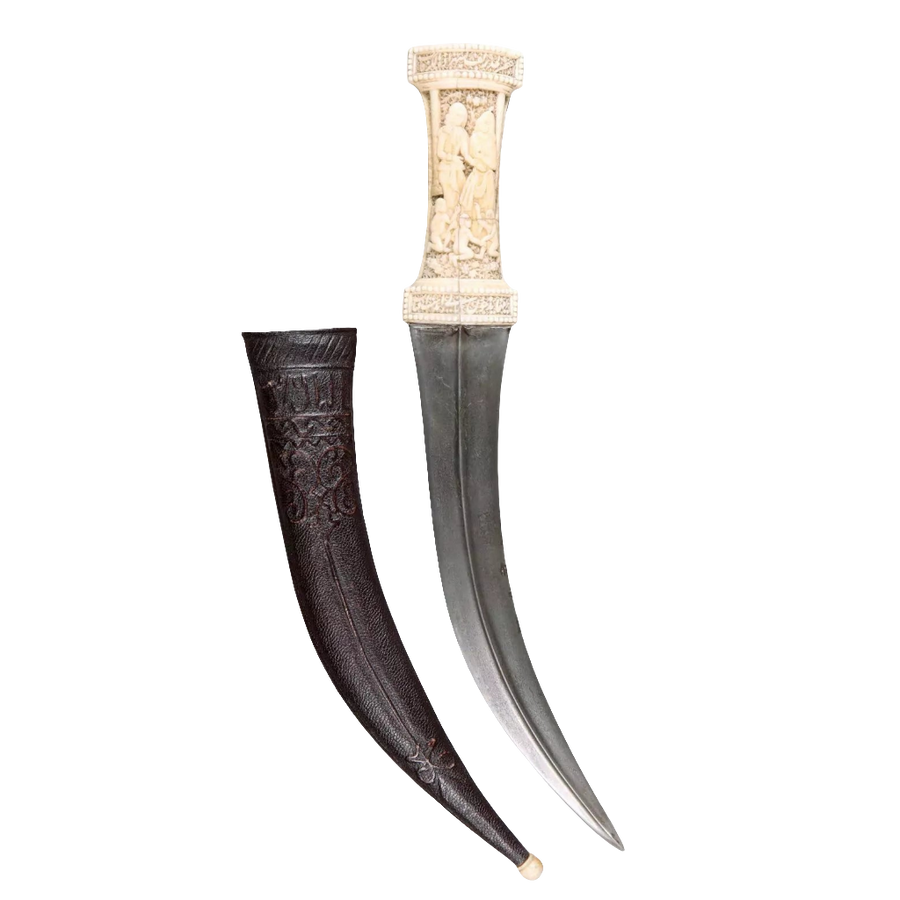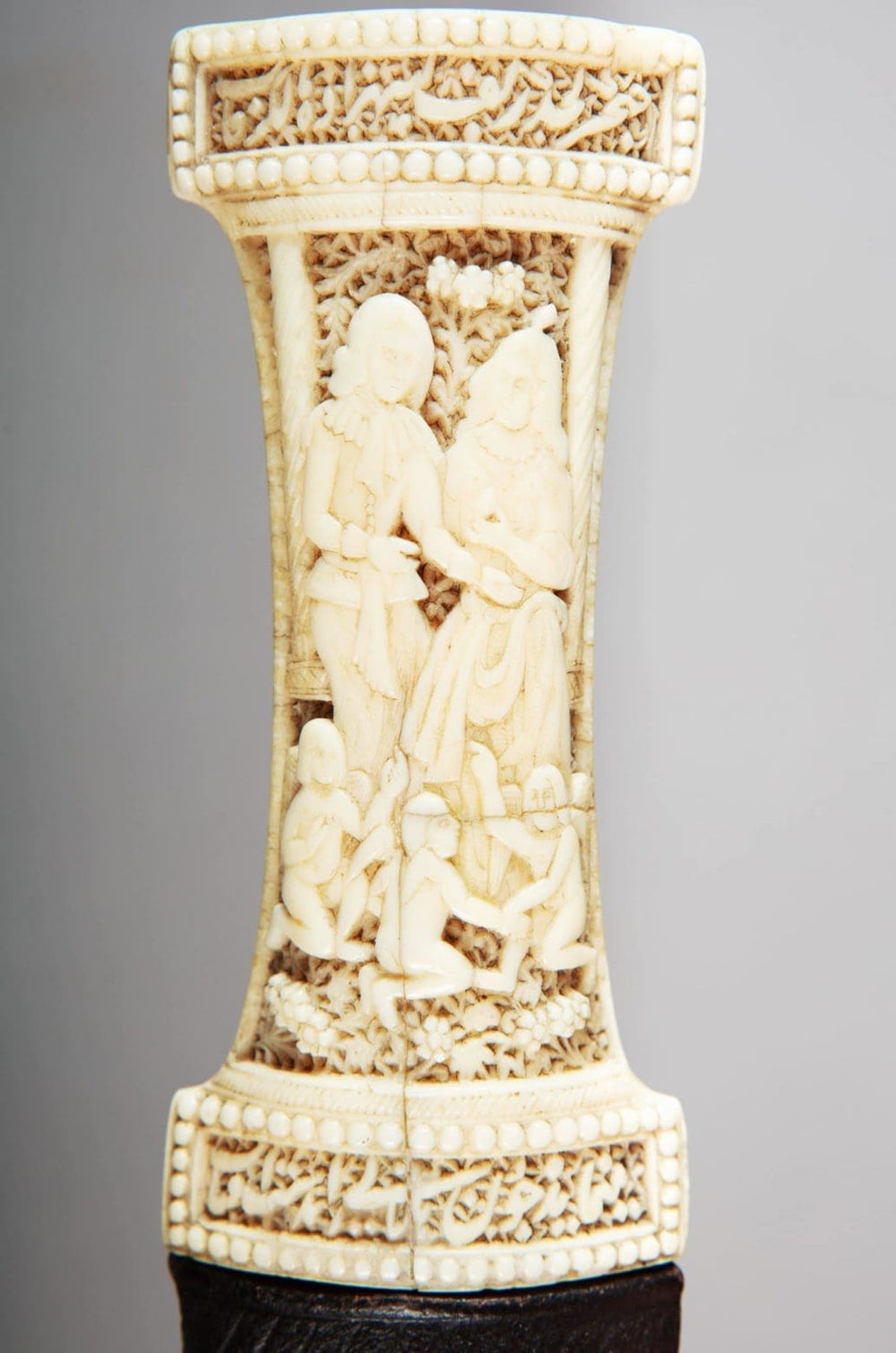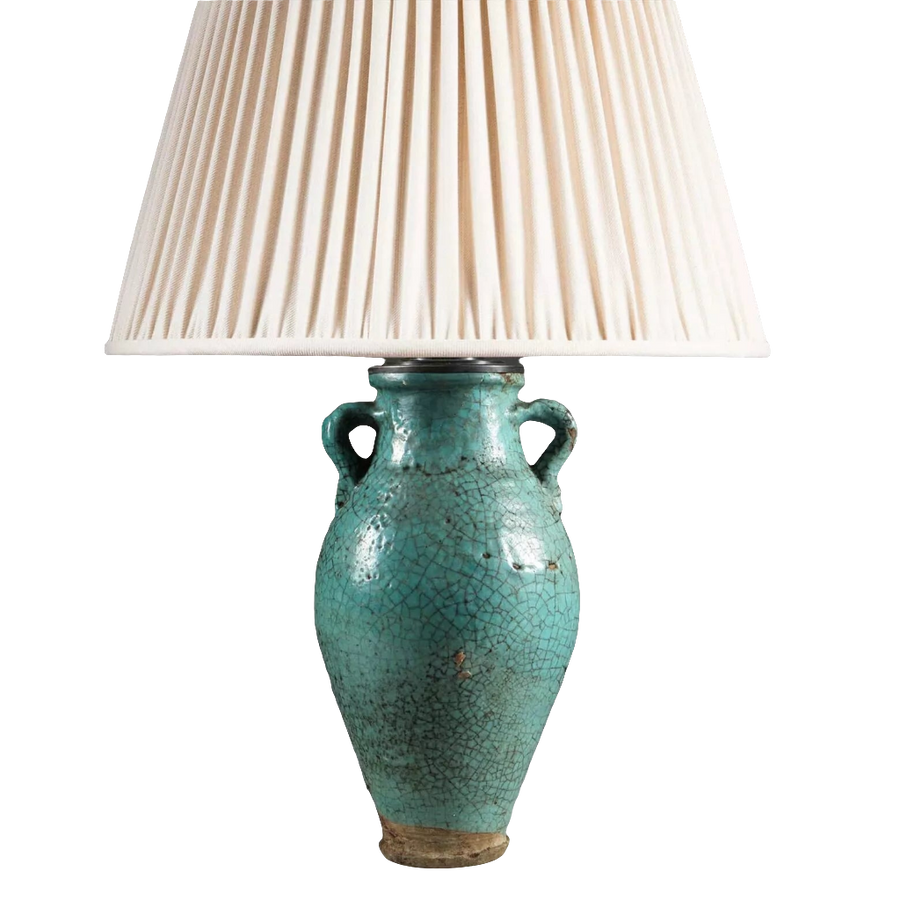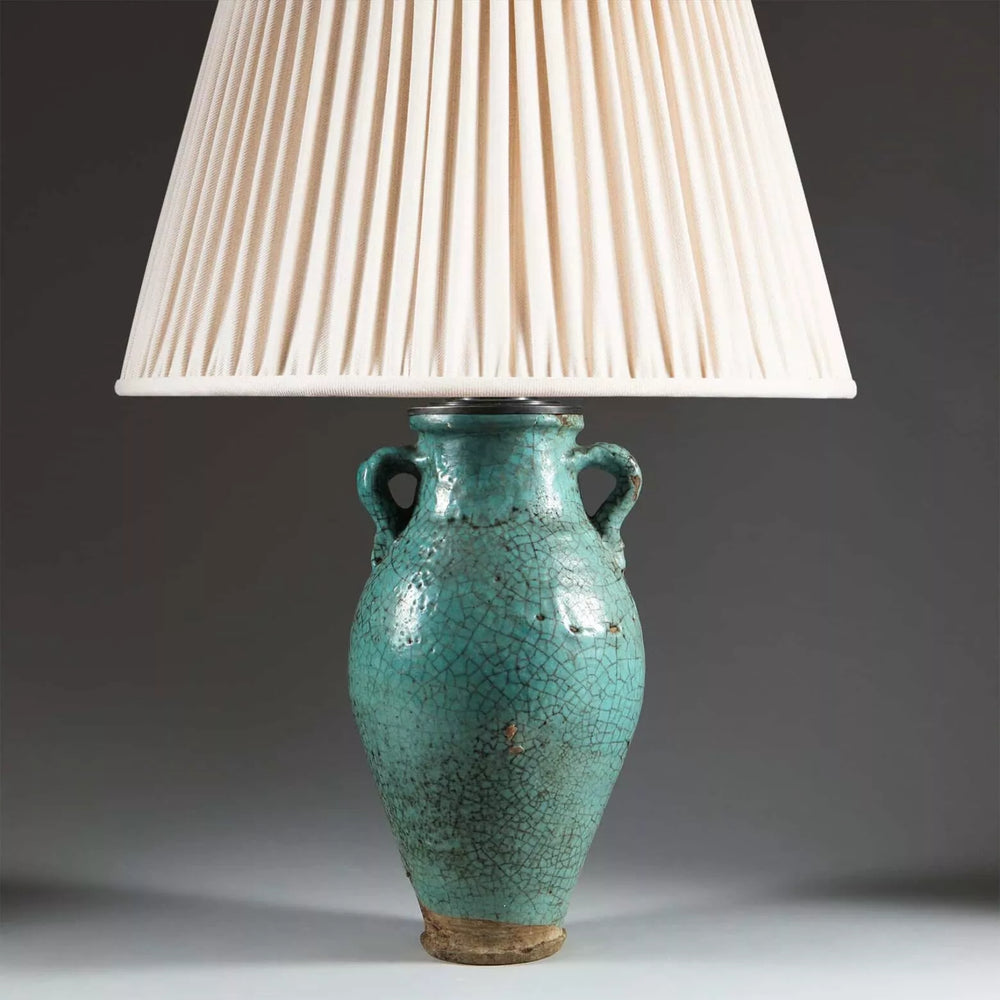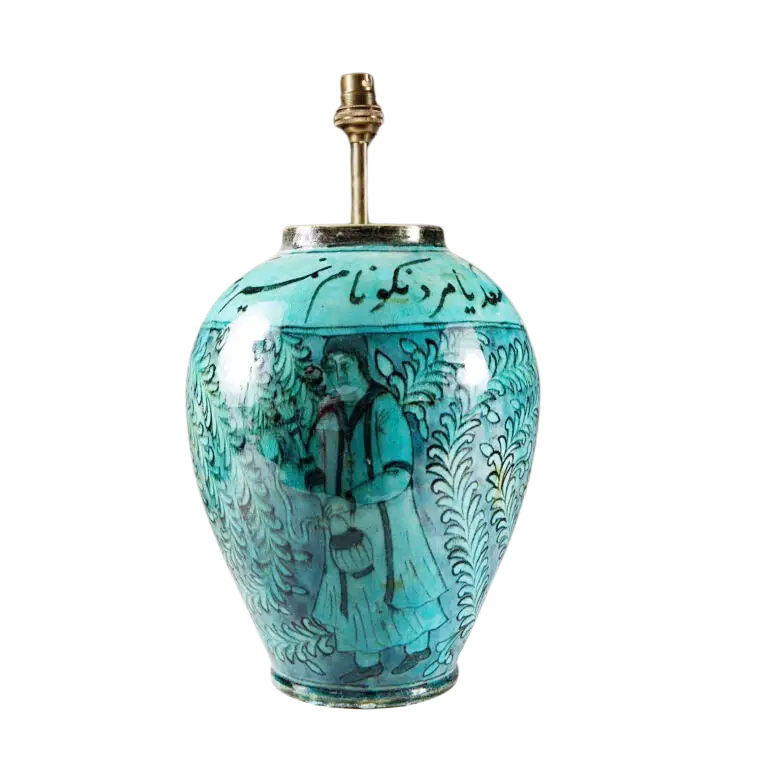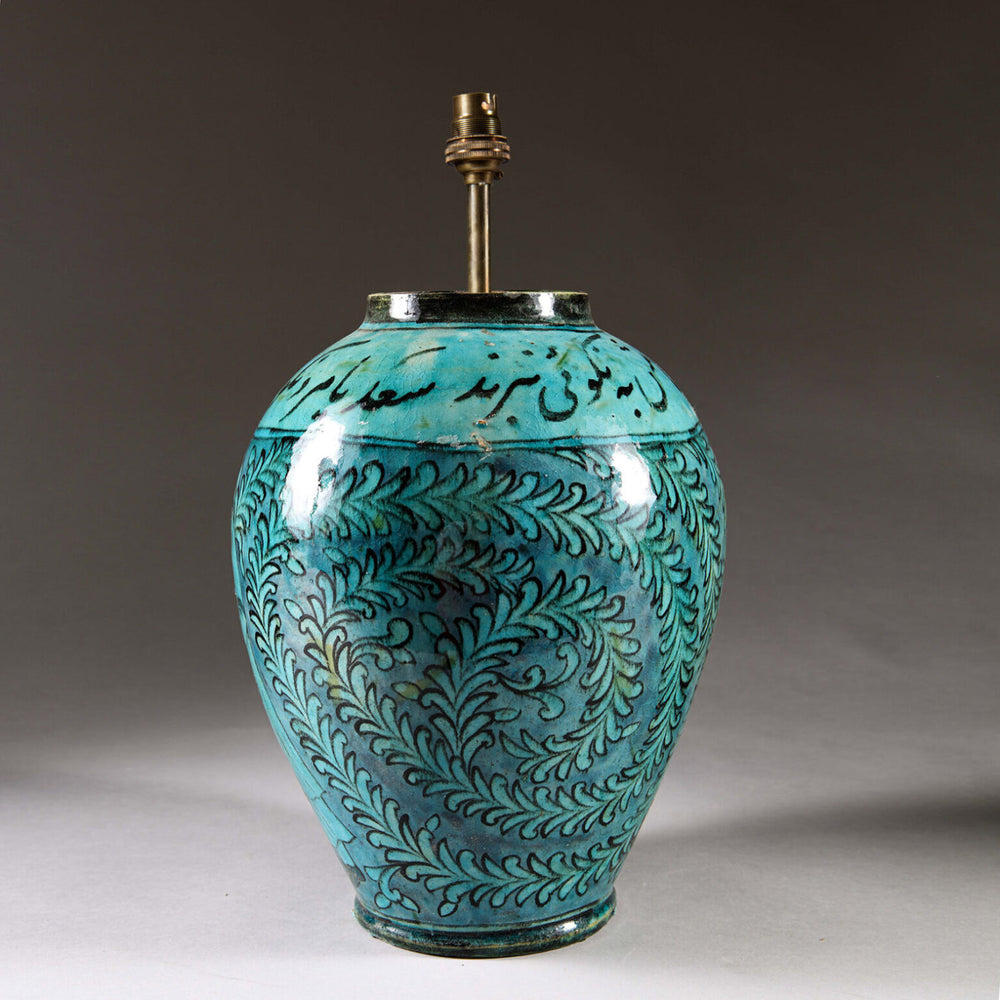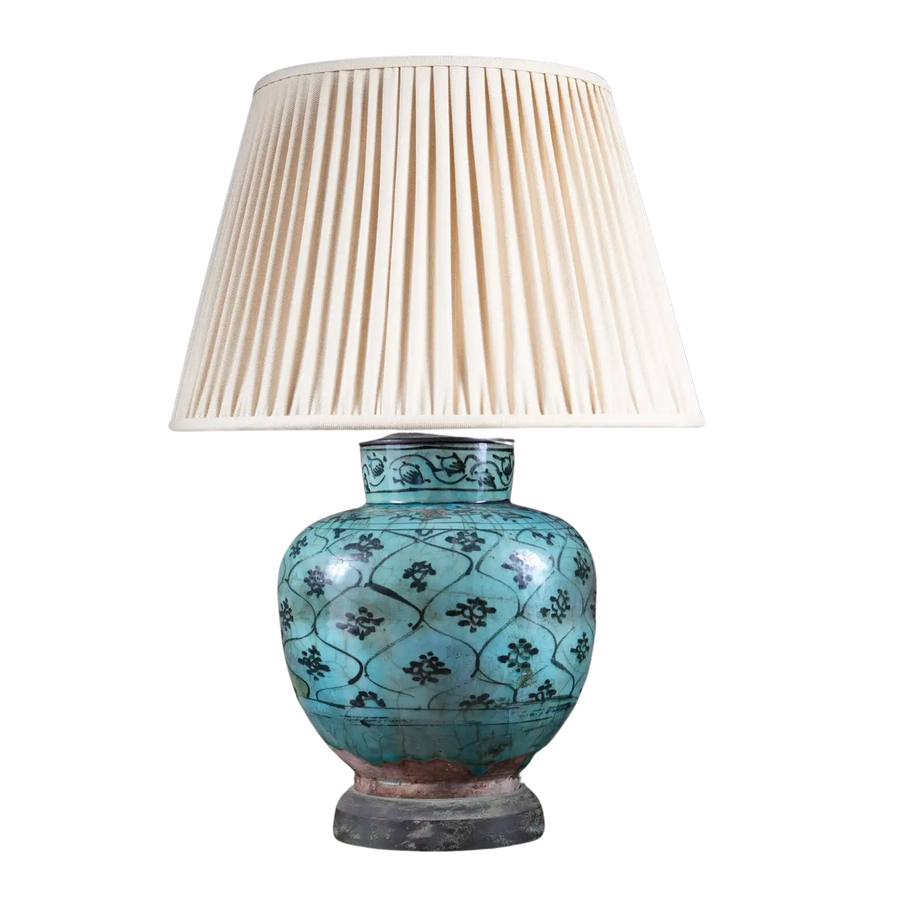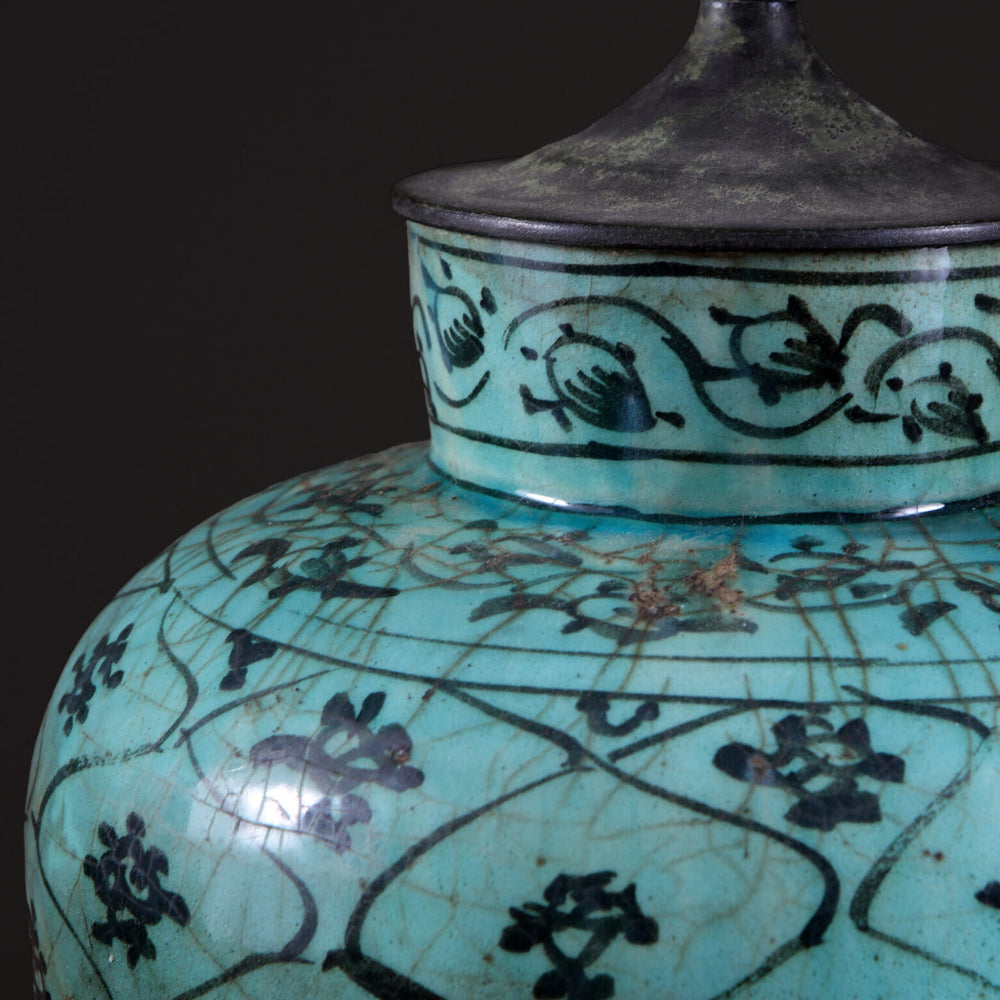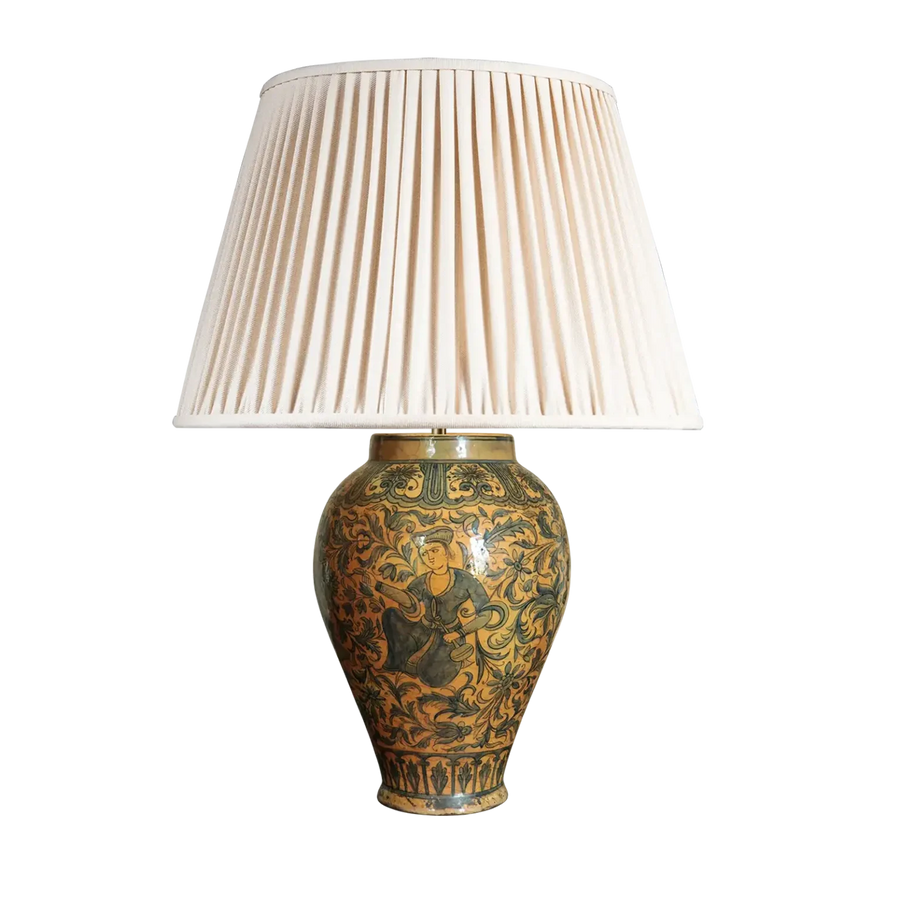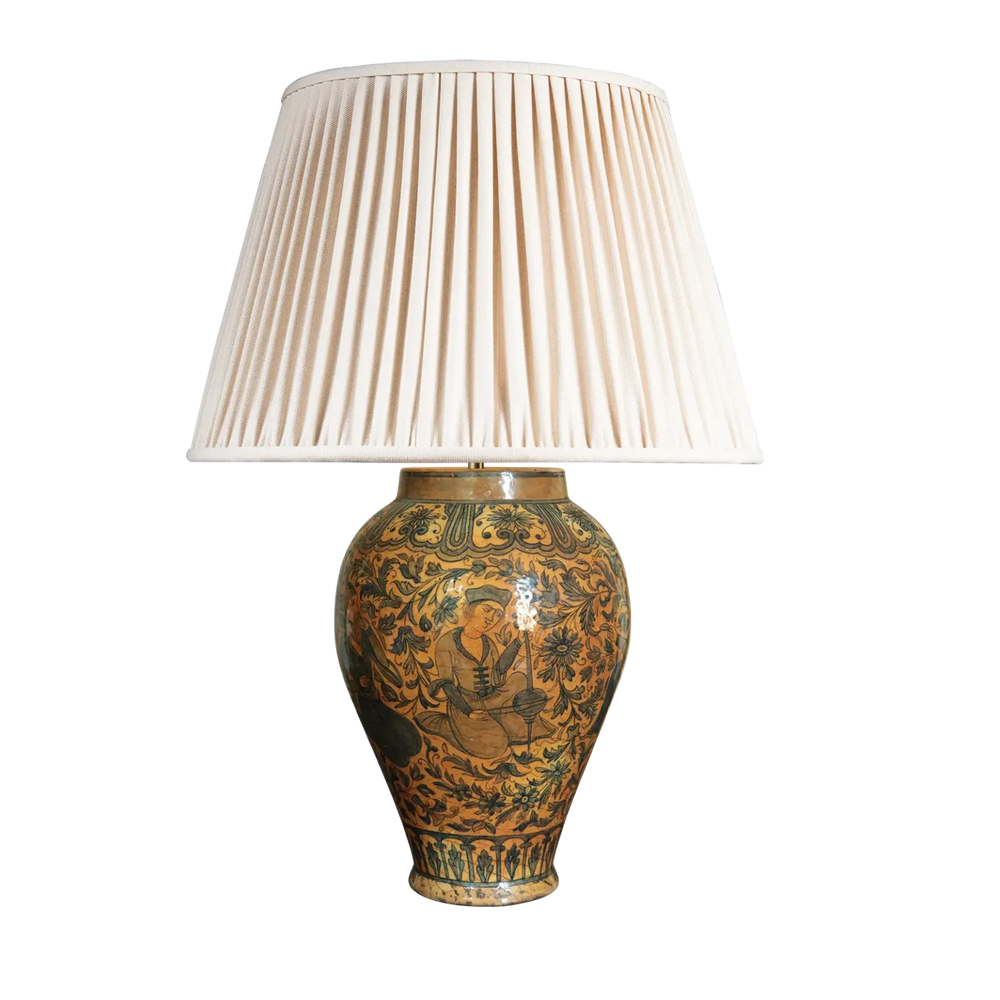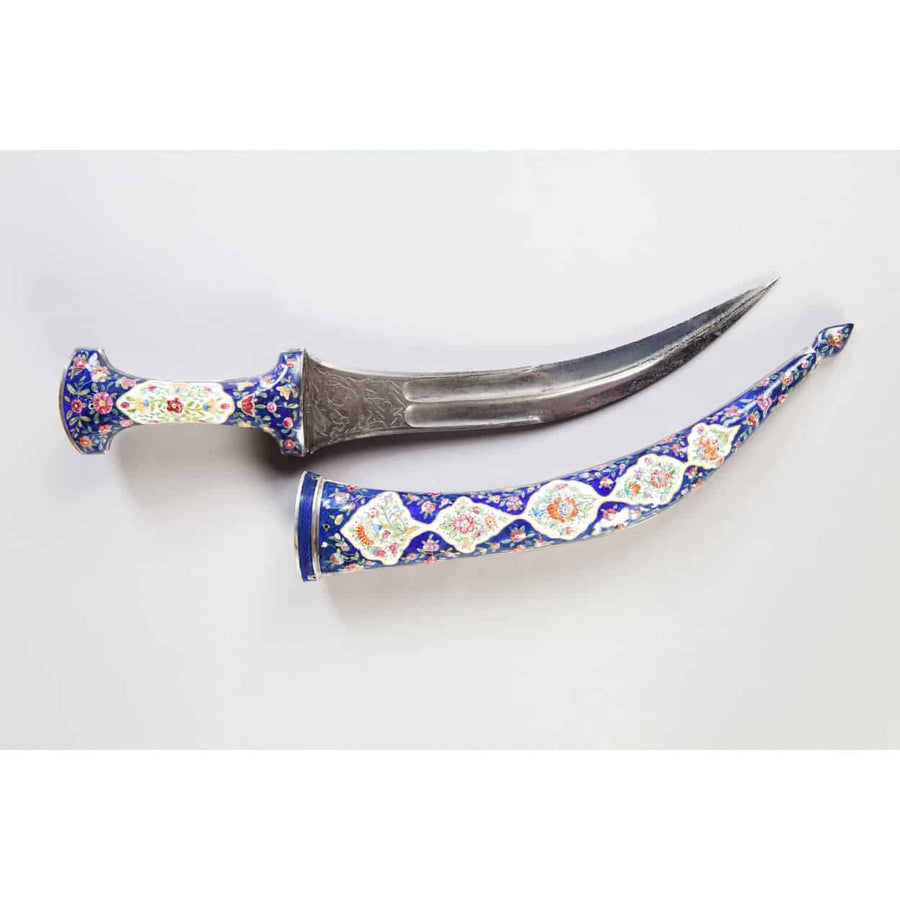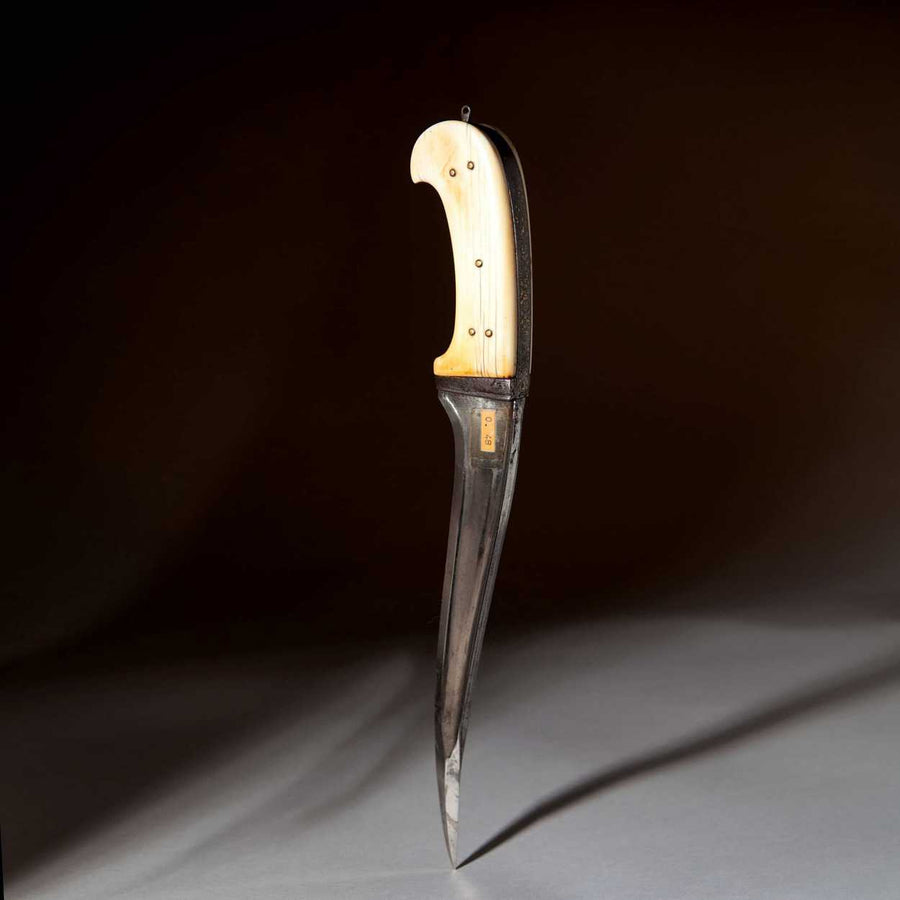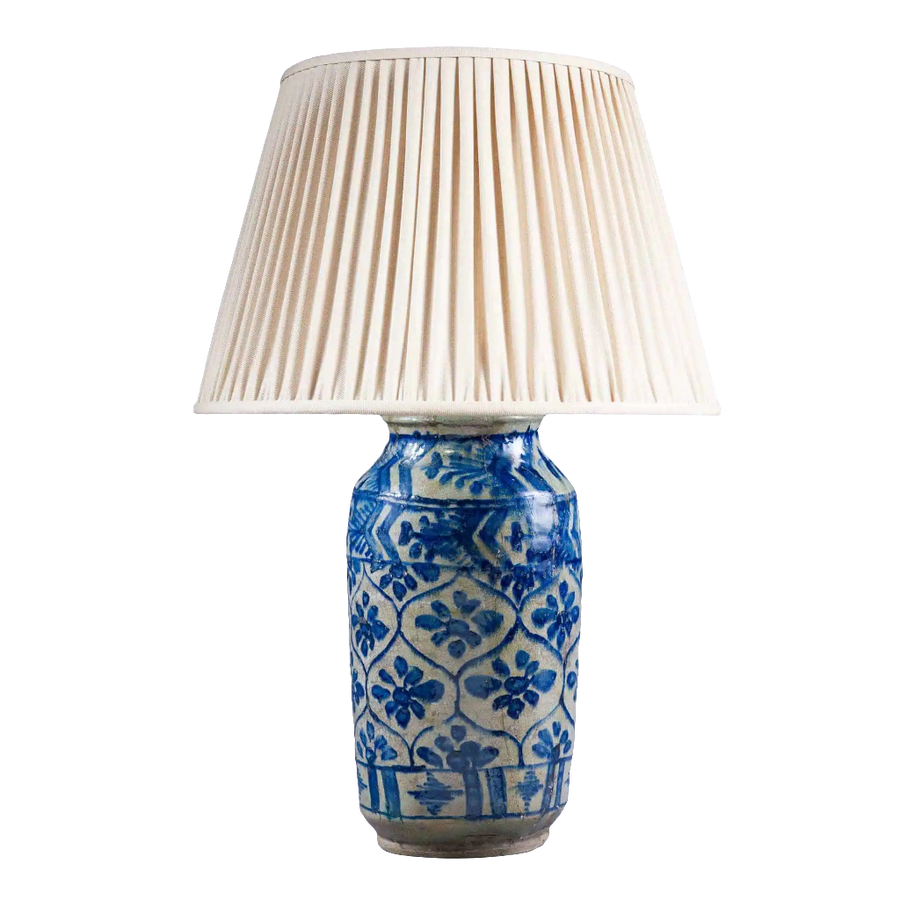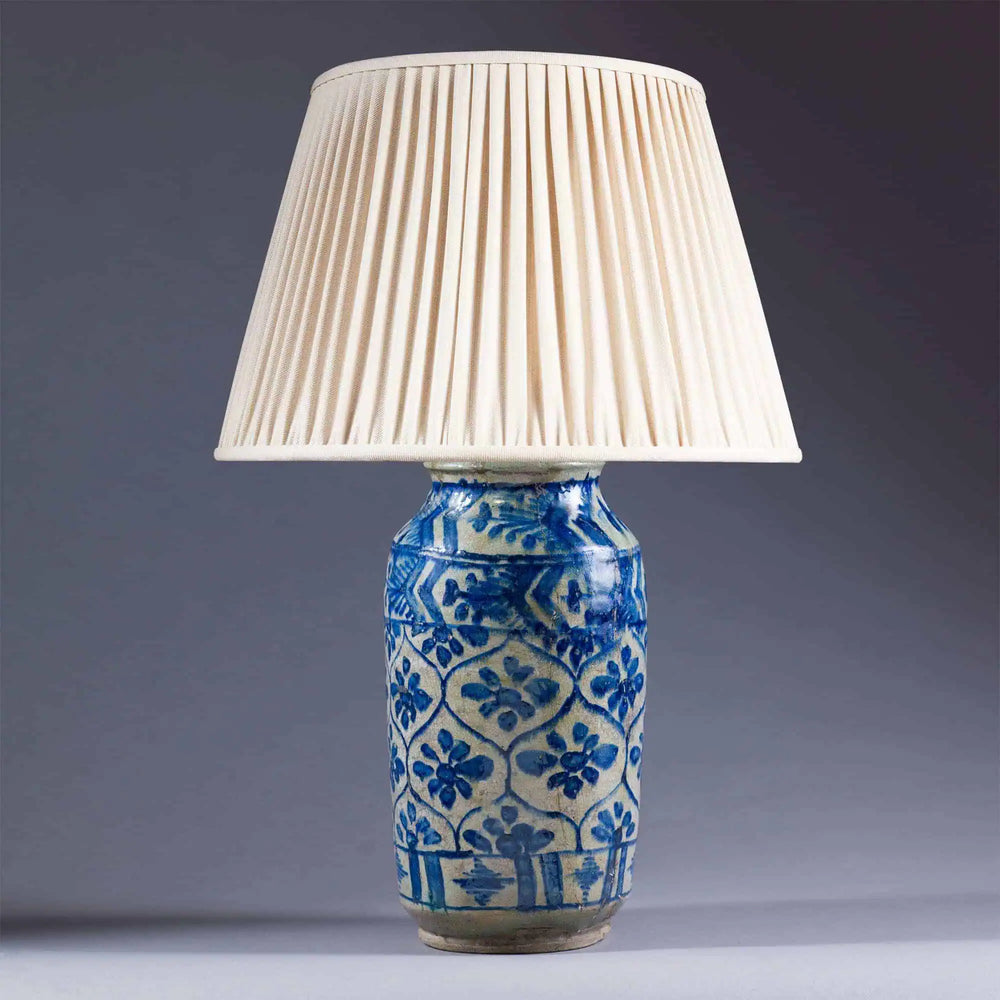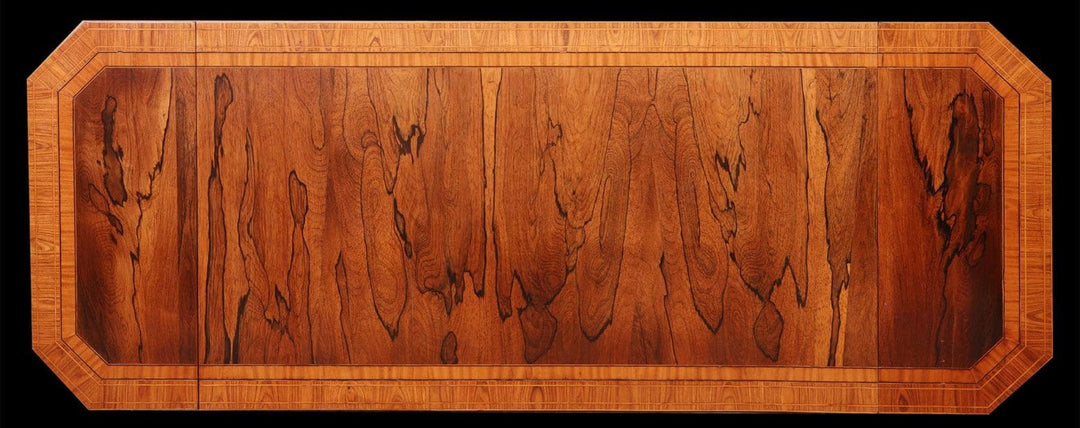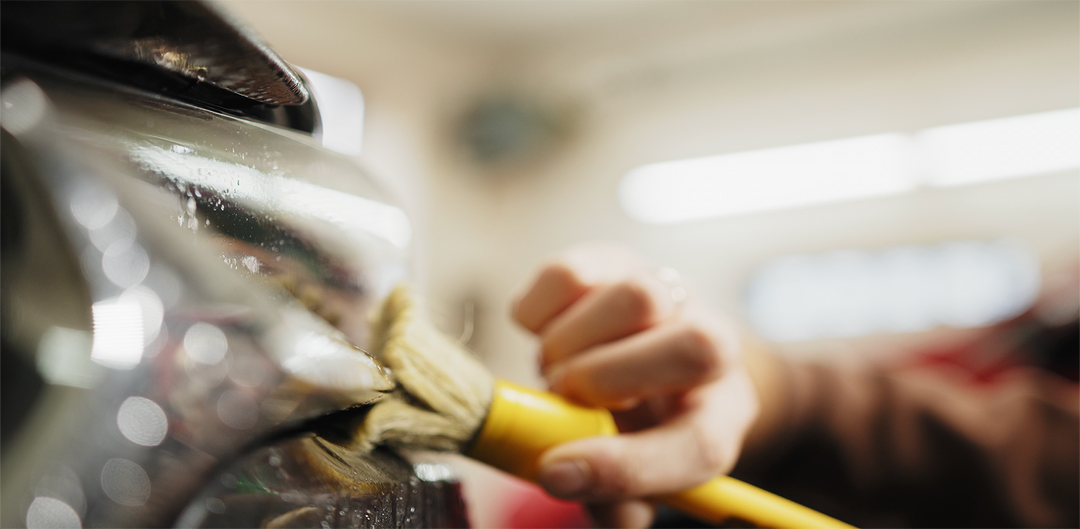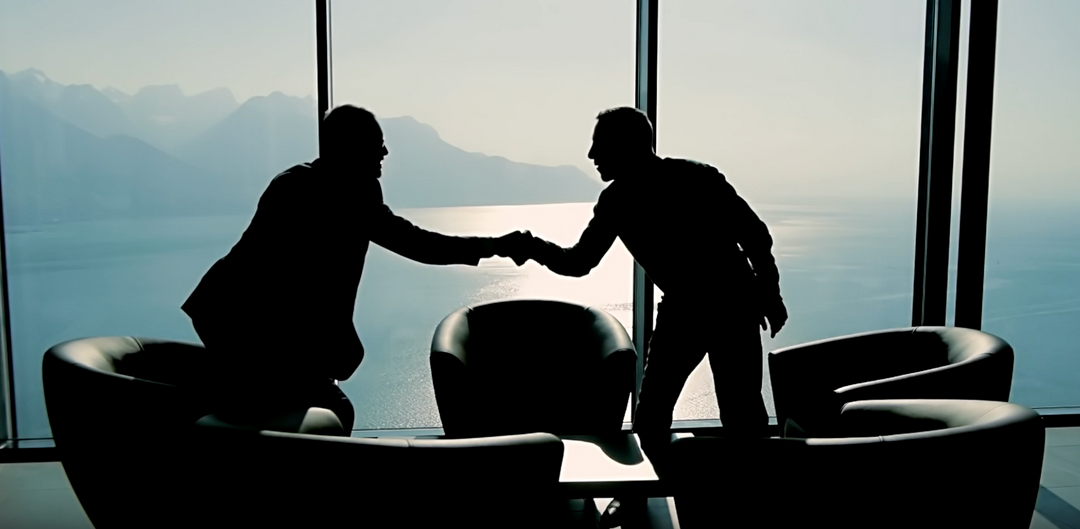
The 19th century in Persia, particularly during the Qajar dynasty, was a remarkable era of artistic innovation and cultural exchange. Interactions with northern India, especially during and after the Mughal rule, left a profound impact on Persian decorative arts, including the intricate craftsmanship of arms and armor.
---
Intricate Weaponry: The Pesh-Kabz
One of the most distinctive weapons from this period is the Pesh-Kabz, a type of Persian knife. Known for its robust and curved blade, the Pesh-Kabz was not merely a functional weapon but also a masterpiece of artistry.
- Blade Craftsmanship: The blades were forged from high-quality steel, often featuring intricate engravings or inlays in gold and silver. These designs sometimes included delicate floral patterns or Quranic calligraphy, blending utility with aesthetic elegance.
- Exquisite Handles: The handles were crafted from materials like ivory, horn, and precious metals, further adorned with detailed carvings and intricate inlays. These embellishments reflected the owner's status and the artisan's skill.
---
Artisanal Exchange: Persia and Mughal India
The mobility of artisans between Persia and northern India was a critical factor in the cultural and artistic cross-pollination of the 19th century. Skilled craftsmen carried their techniques, designs, and traditions across borders, enriching the artistic landscapes of both regions.
- Shared Motifs: Persian and Mughal decorative arts shared common themes, such as floral and geometric patterns, which were prevalent in textiles, metalwork, and miniature paintings.
- Influence on Metalwork: Persian and Indian influences merged seamlessly in arms and armour, resulting in unique designs that blended functionality with beauty.
---
Broader Artistic Interchange
The Mughal influence extended beyond weaponry to Persian textiles, architecture, and miniature paintings. Persian artisans adopted and adapted Mughal techniques, creating works that highlighted the synthesis of the two cultures.
- Textiles: Richly woven fabrics with intricate patterns were exchanged, reflecting a fusion of Persian and Mughal aesthetics.
- Architecture: Persian architecture during this era often incorporated Mughal stylistic elements, evident in ornamental tilework and design motifs.
- Miniature Paintings: Persian miniatures began incorporating vibrant Mughal colour palettes and detailed narrative elements.
---
Preservation and Evolution of Traditions
This period of cultural fusion not only resulted in exquisite artistic works but also played a key role in preserving traditional techniques. At the same time, it spurred innovation, ensuring the evolution of Persian decorative arts while honouring their historical roots.
---
Conclusion
The 19th century was a transformative period for Persian decorative arts, defined by its intricate weaponry and cultural interchange with Mughal India. The craftsmanship of weapons like the Pesh-Kabz and the fusion of artistic traditions across textiles, metalwork, and painting underscored the dynamic relationship between Persia and northern India. These exchanges enriched both cultures, leaving a lasting legacy of beauty and innovation in the decorative arts.
Image: Metropolitan Museum




